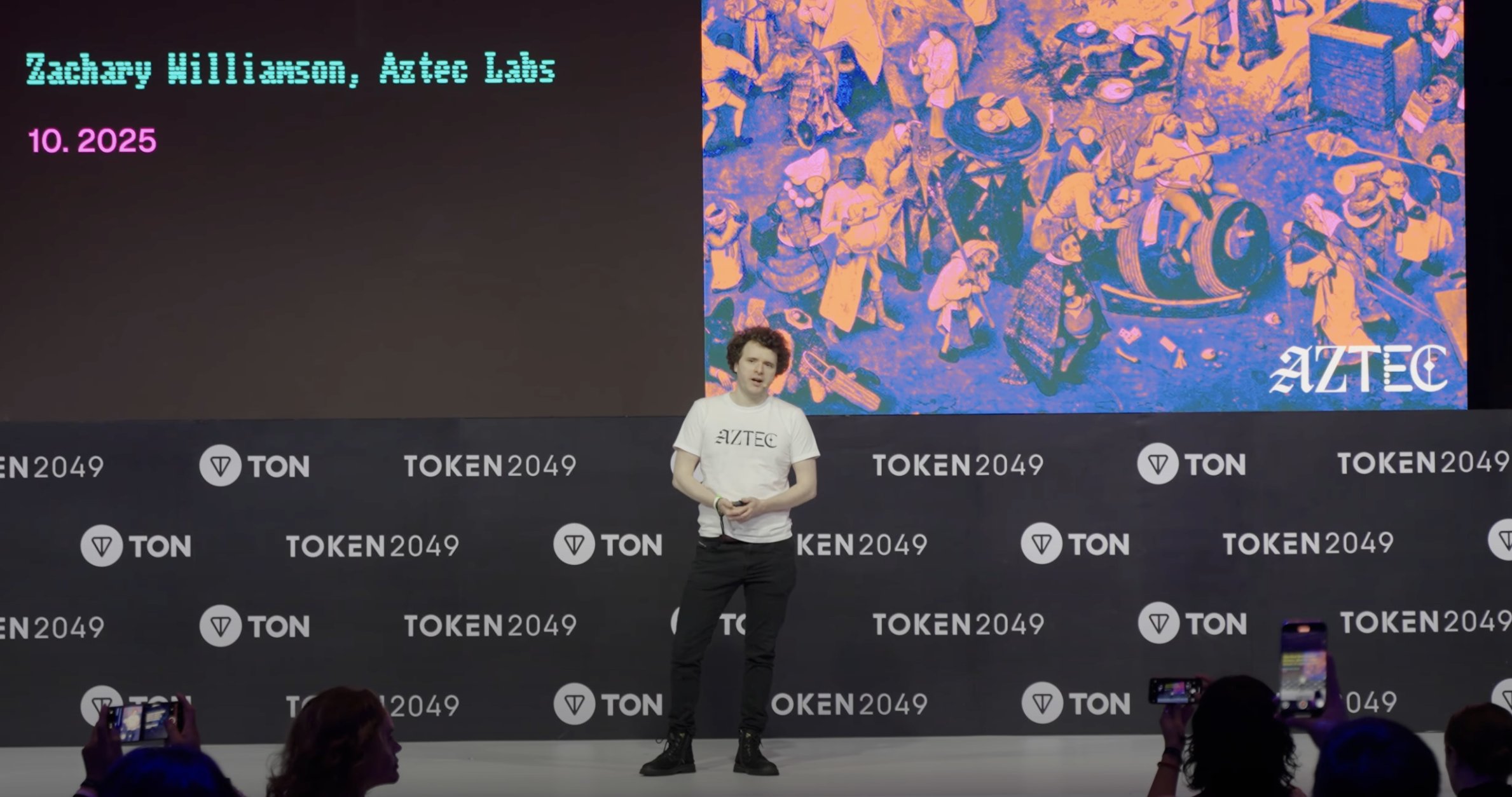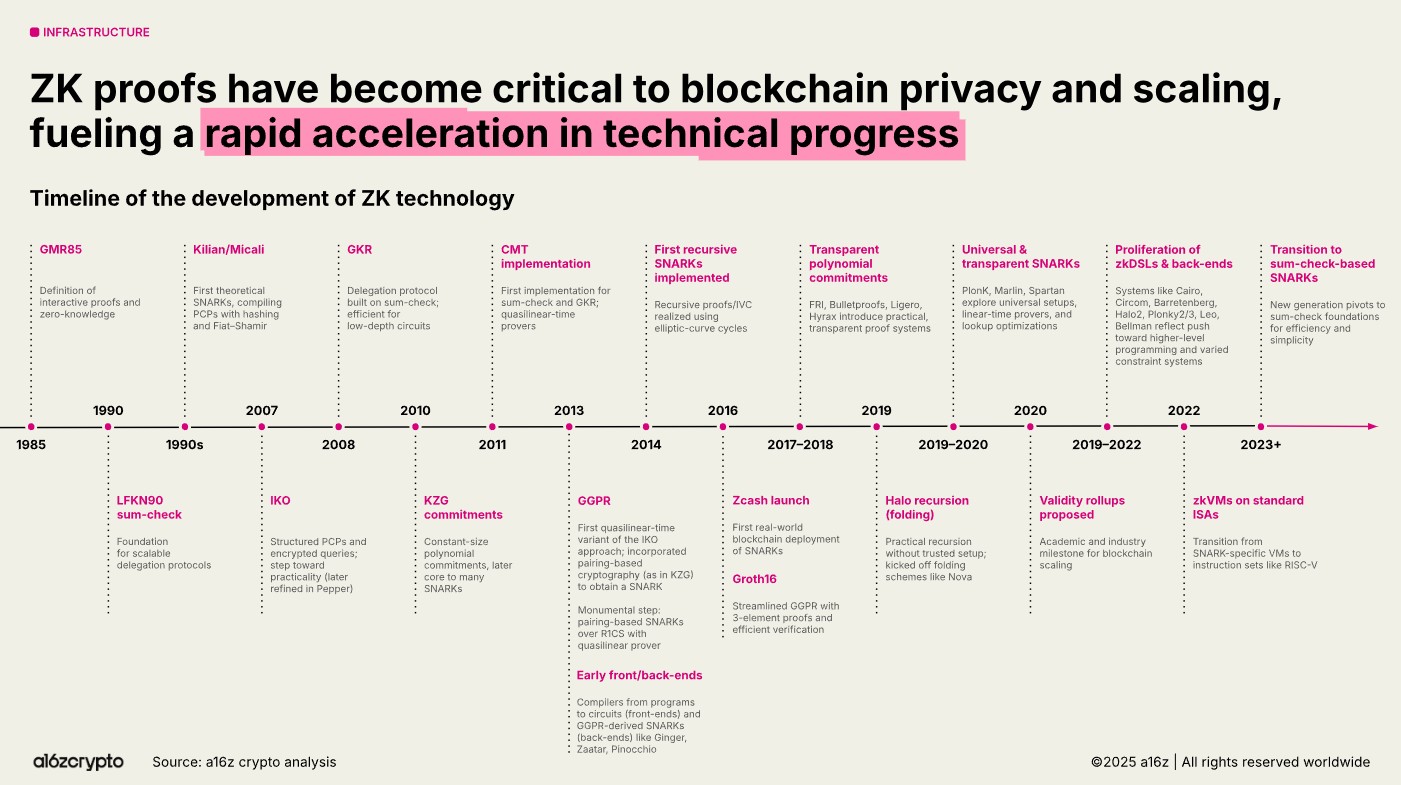
The Challenges of Blockchain Staying True to Its Original Purpose, Says Aztec Labs CEO
Zac Williamson, the CEO of Aztec Labs, posits that blockchain can still fulfill its original mission while addressing the needs of institutional finance through privacy technologies.
Blockchain is currently at a crossroads, trying to balance its inherent decentralized ethos against the pull from traditional financial systems as it evolves to serve institutional products. Williamson reflects on prior governance failures that redirected blockchain’s path away from community-based coordination.
The Struggle for Authenticity
Williamson cautions against the risk of blockchain evolving into merely an efficient settlement layer akin to Visa or Mastercard. He warns, “If we lose the social coordination aspect, the core value of this technology risks being diluted.”
Transitioning from particle physics to the blockchain realm, Williamson was drawn in through a startup initiative aimed at utilizing distributed ledger technologies in 2017. His journey led him to co-found Aztec Labs, focusing on a privacy-centric Ethereum layer 2 solution.
Initially, blockchain was heralded as an alternative to the conventional financial framework, but now, institutional adoption is gaining momentum, leaving inquisitive builders like Williamson questioning whether this technology can preserve its foundational values.
 Williamson has been in crypto since 2017 and has witnessed the sector’s shift towards institutional finance. Source: Aztec Labs
Williamson has been in crypto since 2017 and has witnessed the sector’s shift towards institutional finance. Source: Aztec Labs
The Fragmentation of Blockchain’s Identity
Williamson characterizes the discord in blockchain’s purpose as a battle between two competing paradigms. One perspective regards blockchain primarily as a monetary system for digital asset trading and yield generation, while the other perceives it as a means for collective action without intermediaries.
The latter perspective faced significant challenges during its first major test in 2016 with The DAO, where users tried to manage a shared treasury on the blockchain.
The experiment ended in failure after an exploit drained 3.6 million ETH. This crisis eventually led to the split of the Ethereum network; one chain chose to reverse the theft, while the other, Ethereum Classic, continued unaltered.
 The DAO exploit in 2016 resulted in a contentious hard fork of Ethereum. Source: CoinGecko
The DAO exploit in 2016 resulted in a contentious hard fork of Ethereum. Source: CoinGecko
Williamson notes the DAO’s failure revealed the inadequacies of its governance model for practical coordination.
“The DAO governance model effectively operates as either an autocracy — where you vote with tokens and can acquire more — or as an oligarchy where a multisig holds unparalleled power. Neither is conducive to effective governance.”
This failure enabled the monetary canon to gain traction as financial use cases attracted capital and regulatory interests, transforming blockchain’s public identity.
Enhancing On-Chain Organizations with Privacy Technology
In practice, organizations operate without full transparency in every process. However, public blockchains currently lay bare all actions, akin to how early DAOs struggled without privacy features.
“It is impossible to incentivize participation, organize voting, or manage decisions if every action is open to public scrutiny,” Williamson stated. “Real organizations don’t function in such transparency.”
Privacy does not equate to concealing misconduct; it signifies the restriction of visibility to the necessary parties while still affirming that transactions are legitimate. Zero-knowledge cryptography enables systems to verify that votes or payments adhere to protocols without exposing participant identities, akin to facilitating private compensation and secret ballots.
 Zero-knowledge cryptography has been gaining traction as more blockchain projects adopt privacy technology. Source: a16z
Zero-knowledge cryptography has been gaining traction as more blockchain projects adopt privacy technology. Source: a16z
This technology also permits organizations to engage without resorting to central authority methods. Institutions like banks and asset managers cannot expose proprietary strategies or confidential data on open ledgers.
If they create isolated systems, blockchain merely becomes another proprietary database. Williamson argues that protocol-level privacy addresses this concern.
“Privacy empowers blockchain to cater to both individuals and institutions without one dominating the other,” he concluded.
Balancing User Autonomy with Institutional Integration
Blockchain stands at a critical juncture where it can either embrace purely institutional finance or revert to its foundational goal of enabling decentralized coordination.
Williamson asserts that a compromise is possible: privacy techniques can facilitate compliance with institutional standards without sacrificing user freedom.
Without a commitment to privacy, any on-chain group risks exposing its internal decisions to the public, making effective collaboration unattainable and rendering blockchain merely an infrastructure layer for financial entities.
Related reading: Why AI fails at freelance work and real-life tasks.



